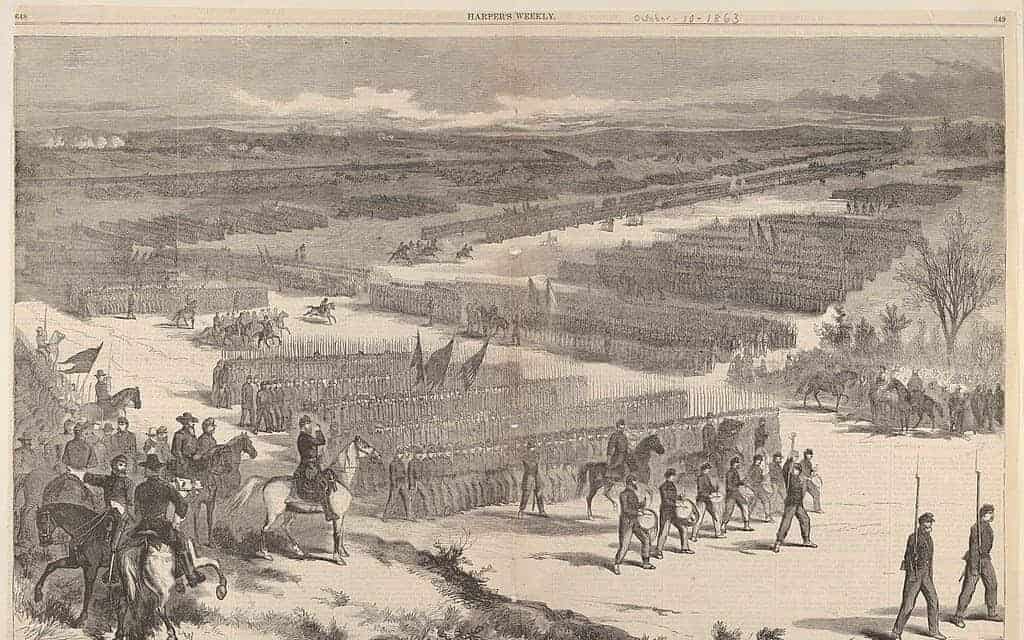
Soldier’s Homes
In 1811 the Navy Department authorized the establishment of the United States Naval Home in Philadelphia. The home remained in existence solely on paper until 1834. When it opened it served as a residence for retired sailors who lacked the means or the ability to live alone or with family. It was the first of many soldier’s and sailor’s homes in the United States, most of them opened by state governments with the help of local charities. There was no federal agency dedicated to the care of veterans at the time, and each of the states assumed the role of caring for its veterans.
In 1851 General Winfield Scott, a hero of the War of 1812 and the Mexican War, established the Soldier’s Home in Washington DC. Scott used funds acquired from Mexico during the war to pay for the home and another in Kentucky, which soon fell into disuse. The federal government did not pay the expenses for either the Naval Home or the Soldier’s Home (which is still in use in Washington). They were funded from the contributions of active duty service members who had sums for the purpose deducted from their pay. Not until well into the 20th century would the federal government actively fund and operate the homes.
The states led the way in providing asylum for disabled and indigent veterans, and for as Lincoln eloquently put it “…for his widow and his orphan.” Most of these homes were established with private funding and later transferred to the state government although some remained in the hands of charitable organizations. During and following the American Civil War the number of these state managed facilities grew due to the rapidly increased need given the heavy casualties suffered by the armies in the field.
The Confederate states suffered heavy casualties as well and several of the former Confederate states founded homes for their veterans supported by private groups and the state governments. Some states established separate homes for Union and Confederate soldiers, others combined them, but none of the homes established in the former Confederacy received any support from the federal government prior to World War 2. As the last of the veterans of the Civil War were dying out in the 1930s many of the homes were closed by the states. A few were used for veterans of the Spanish American War and the First World War.
A month before he was assassinated Abraham Lincoln signed a bill he had carefully maneuvered through Congress establishing the National Home for Disabled Volunteer Soldiers. Eventually eleven homes were built under this act. Entry requirements included an honorable discharge and proof of disability as a result of service. It was the first national program funded by the federal government for the care of veterans. It did not extend to draftees. Eventually the Soldier’s Homes, as they came to be called, would be consolidated into what became the Department of Veteran’s Affairs, but it would be many years before that took place.

